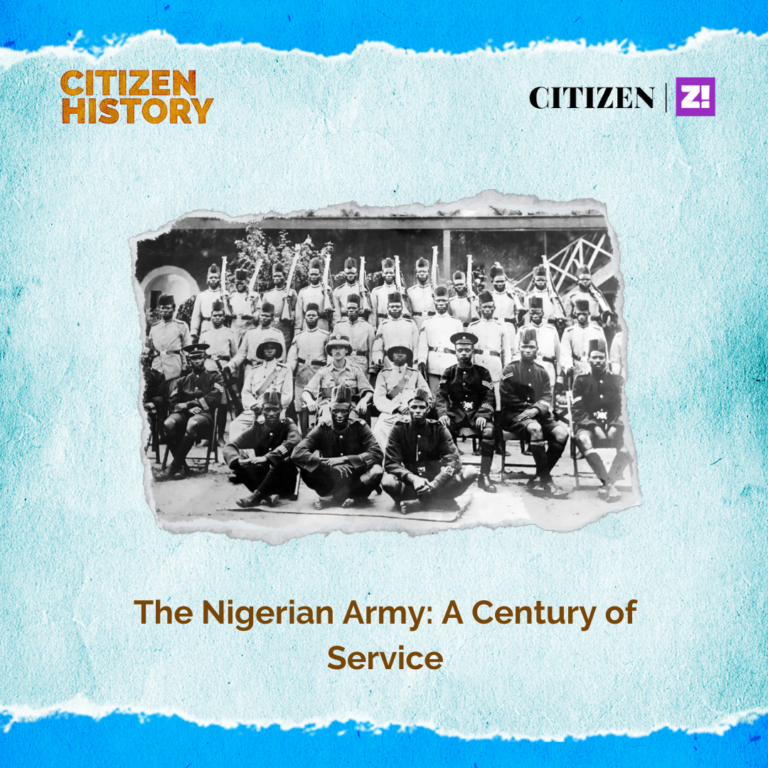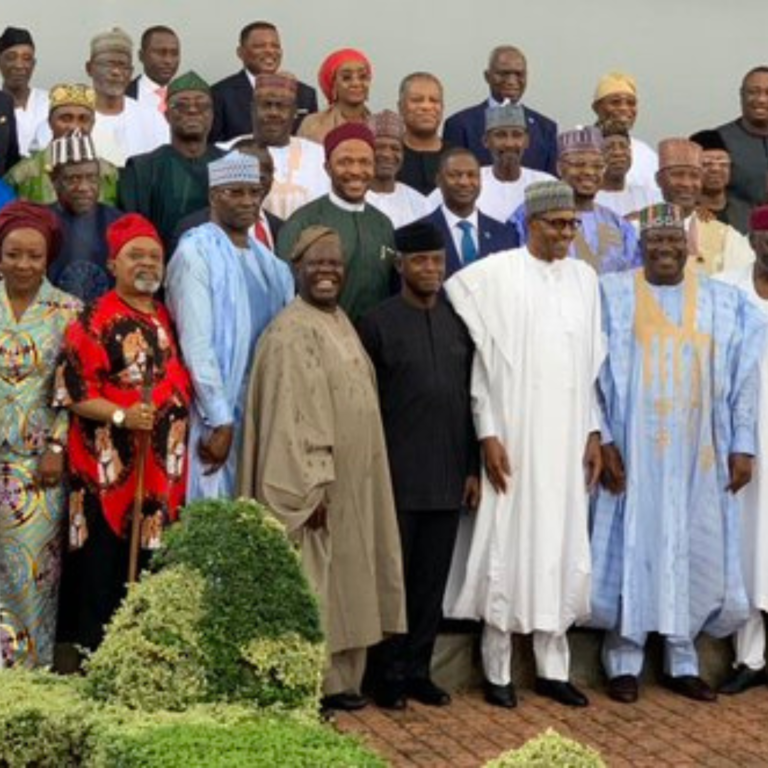Ladies and gentlemen, in five days, Nigerians will be charting a new way for the country at the Presidential polls on February 25.
Who shall be considered worthy of seating on Nigeria’s iron throne as president?
As we prepare to use our Permanent Voter’s Card (PVC) to answer this question on February 25, it’s not enough to know the steps needed as a first-time voter. You also need to know how your votes are compiled and how a winner emerges.
For this purpose, we have decided to curate a list of how election results are processed and transmitted.
But before we get into that, Zikoko Citizen will be publishing 2023 election results live as they are being collated and verified on the INEC server. You can follow here as we will give you field updates too.
Now, the breakdown:
What are the processes?
Transmission of results is simply the process of transferring or conveying election results from one point to another.
According to the 2022 Electoral Act, there are two processes involved in the collation of results — the manual and electronic process.
The Manual Process
Counting of ballot papers
The manual process of collation consists of four steps:
- Counting of ballot papers (which citizens use in selecting a candidate at the polls)
- Recording of results in specific election result sheets (also known as EC8A)
- Approval of election result sheets by polling agents
- Physical delivery of results to collation centres.
The Electronic Process
The Bi-Modal Voter Accreditation System (BVAS)
This process includes the use of new technologies from the Independent National Electoral Commission (INEC). These include the Bi-Modal Voter Accreditation System (BVAS) and the INEC Result Viewing Portal (IReV). The use of the electronic process also applies from the polling unit to all the levels of collation.
With the electronic process, only two steps are involved:
- Recording of accreditation data: The BVAS is used to cross-check for genuine voters in a system known as voter accreditation. The data collected after is recorded on the BVAS.
- Direct transmission of election results.
Results from the electronic process also have the ‘final say’, as it is used to resolve problems that may arise from the manual process in case it disappoints.
Now that we know about the collation process, how are the results processed and transmitted to you?
The transmission of results
After a voter casts his or her ballot on Election Day, it is not unusual for them to go to their respective homes.
But, unknown to these voters, this is where the real ‘work’ begins for election officials.
After votes have been recorded on the EC8A form, the presiding officer does two things:
- Use the BVAS to take a clear image of the result sheet and transmit the image for collation to the IReV.
- Takes both the BVAS machine and result sheet physically to the ward collation centre and submits the result to the collation officers.
Now, the collation officer at this stage has an important job to do — make sure that the result figures on the IReV, the manual election sheet, and the BVAS machine all tally. It is also done this way so that collation officers can have access to the IReV.
After this, the figures are then sent to the Local Government Area unit, then the state, and then the National Collation Center in Abuja.
If a particular candidate gets the highest number of votes from accredited voters at the national level, then he or she receives ‘Odogwu’ status as the winner of that election.
Now that you know how you will get the results, are you ready to vote?
Don’t forget to march to the polls on February 25 for the presidential and national assembly elections. There will also be voting on March 11 for the state assembly and gubernatorial (governorship) candidates.
See you there!





